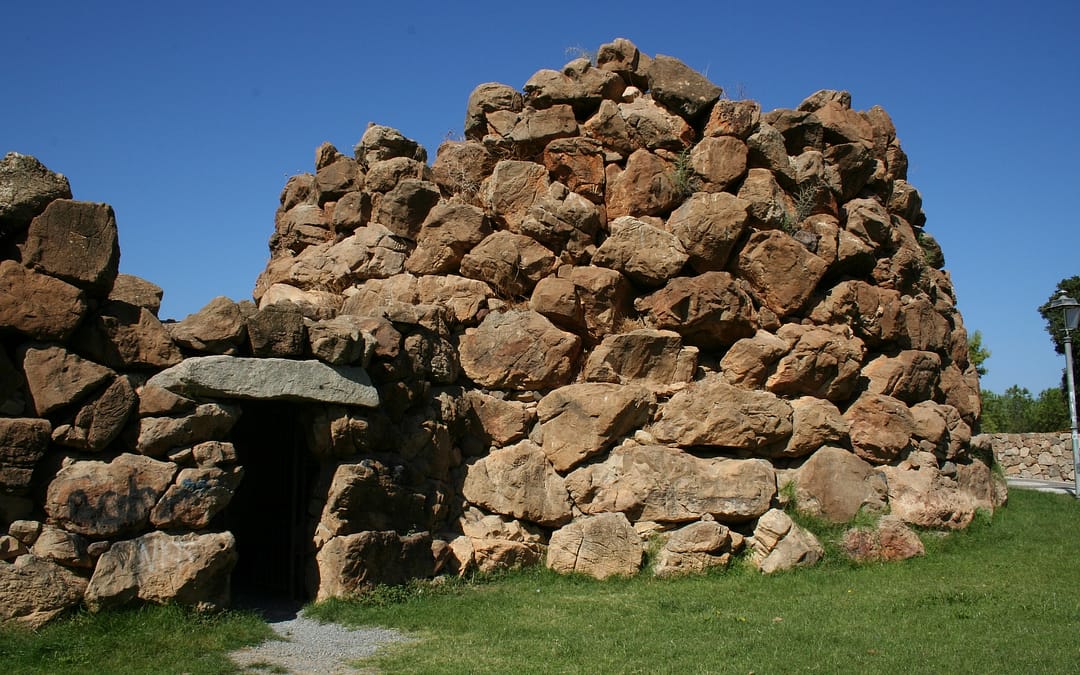
Sardinia’s Cultural Tapestry and Hidden Marvels
Su Nuraxi and Beyond
Embark on a journey into Sardinia’s cultural heritage with a closer look at the Su Nuraxi archaeological site in Barumini. Explore the four-lobed nuraghe, the surrounding village, and the thick protective wall that together showcase the grandeur of the Nuragic civilization. Visit the Centro Servizi Lilliu and Casa Zapata museum to discover artifacts and historical insights.
Gorropu Gorge and Ogliastra
The majestic Gorropu Gorge stands as one of Europe’s most beautiful canyons. Learn about its unique flora and fauna and the legends surrounding this awe-inspiring natural wonder.
Neptune’s Cave
Explore the enchanting underground world of Neptune’s Cave in Capo Caccia, one of Italy’s largest sea cavities. Discover the crystal-clear waters, stalactites, stalagmites, and hidden beaches. Learn about its history, role as a film set, and the captivating caves surrounding Capo Caccia.
Orgosolo’s Murals
Orgosolo is the “capital” of Italian muralism, with its streets adorned with over 150 murals. Each mural tells a story of the region’s cultural fervor, political activism, and deep-rooted traditions. Learn about the evolution of this open-air museum and its impact on both locals and tourists.
From ancient history to vibrant murals, the island offers a rich and diverse experience for every traveler.
Folklore Traditions
Sardinia, with its deep-rooted cultural heritage, boasts a rich tapestry of folklore that has been passed down through generations. From ancient rituals to vibrant celebrations, the island’s folklore reflects the unique identity of its people. One prominent aspect is the tradition of “feste” (festivals) where locals come together to celebrate various cultural and religious events with music, dance, and traditional costumes.
Ancient Maschere (Masks)
An integral part of Sardinia’s folklore is the use of masks, which play a significant role in traditional ceremonies and festivals. These maschere, often intricate and symbolic, are worn by performers to represent characters from Sardinian mythology, ancient legends, and historical events. The use of masks has been a tradition for centuries, adding a mysterious and captivating element to the island’s cultural landscape.
Carnival Celebrations
Sardinia hosts vibrant Carnival celebrations, featuring captivating parades and performances where locals don elaborate costumes and masks. Among the most renowned masks are the Mamuthones and Issohadores, originating from the town of Mamoiada. The Mamuthones, draped in sheepskins and donning black masks, carry heavy cowbells, while the Issohadores, dressed in elegant red bodices and white masks, perform in a captivating dance.
































